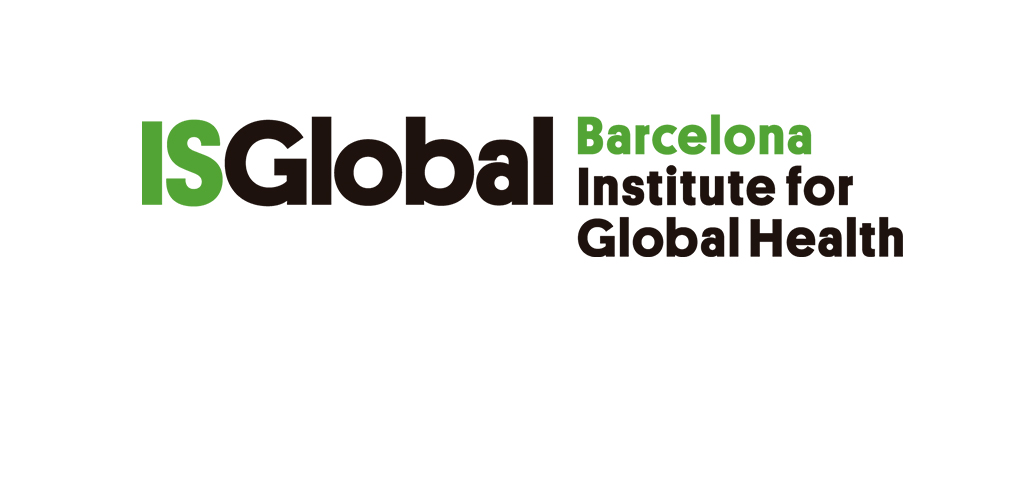The HELIX large European Project will describe the Human Early-Life Exposome
The exposome refers to the totality of human environmental exposures from conception onwards, complementing the genome.
18.03.2014

Developmental periods in early life may be particularly vulnerable to impacts of environmental exposures. Research on this topic has generally focused on single exposure-health effect relationships until now. Researchers from Spain, France, Greece, United Kingdom, Netherlands, Norway and Lithuania have just published an article in the Environmental Health Perspectives, in which they describe a novel study focused on the exposome that encompasses the totality of exposures from conception onwards.
The study, entitled HELIX (Human Early-Life Exposome), is a collaborative research project that aims to implement novel exposure assessment and biomarker methods to characterise early-life exposure to multiple environmental factors and associate these with omics biomarkers and child health outcomes, thus characterizing the “Early-Life Exposome”.
Dr. Martine Vrijheid, from the Centre for Research in Environmental Epidemiology (CREAL, an ISGlobal research centre), and coordinator of HELIX, adds that “characterisation of the exposome in early life can provide very effective tools for disease prevention, given that interventions at that time can reshape biological programming and shift the body’s developmental track to the normal function”. This makes early life a major starting point for development of the exposome.
The project will develop a comprehensive set of high-tech tools, methods and prospective data to measure and integrate the chemical, physical and molecular environment and link this to health of children. Smart phones and personal monitors will be used to measure air pollution, UV radiation, physical activity and noise exposure. The latest laboratory techniques will measure biological indicators of many chemical exposures including contaminants in food, consumer products and water. The project will collect full exposome data from 1,200 mothers and their children, the largest study to do this. Furthermore, exposure models will be developed for a larger cohort totaling 32,000 mother-child pairs.
HELIX uses six existing, prospective birth cohort studies. These cohorts have already collected large amounts of data as part of national and EU-funded projects. Results will be integrated with Europe-wide data to estimate health impacts at the larger European scale.“The results of the project will help us to form a global view on how various types of exposures co-exist and jointly impact on health” add Vrijheid.
HELIX is funded by the European Union’s Seventh Programme and will receive €8.6 million over the course of four and a half years. The project comprises of thirteen European partners, including two SMEs.
Reference: Vrijheid M, Slama R, Robinson O, Chatzi L, Coen M, van den Hazel P, Thomsen C, Wright J, Athersuch TJ, Avellana N, Basagana X, Brochot C, Bucchini L, Bustamante M, Carracedo A, Casas M, Estivill X, Fairley L, van Gent D, Gonzalez JR, Granum B, Grazuleviciene R, Gutzkow KB, Julvez J, Keun HC, Kogevinas M, McEachan RRC, Meltzer HM, Sabido E, Schwarze PE, Siroux V, Sunyer J, Want EJ, Zeman F, Nieuwenhuijsen MJ. The Human Early-Life Exposome (HELIX): Project rationale and design. Environ Health Perspect 2014 (in press) http://ehp.niehs.nih.gov/1307204/



